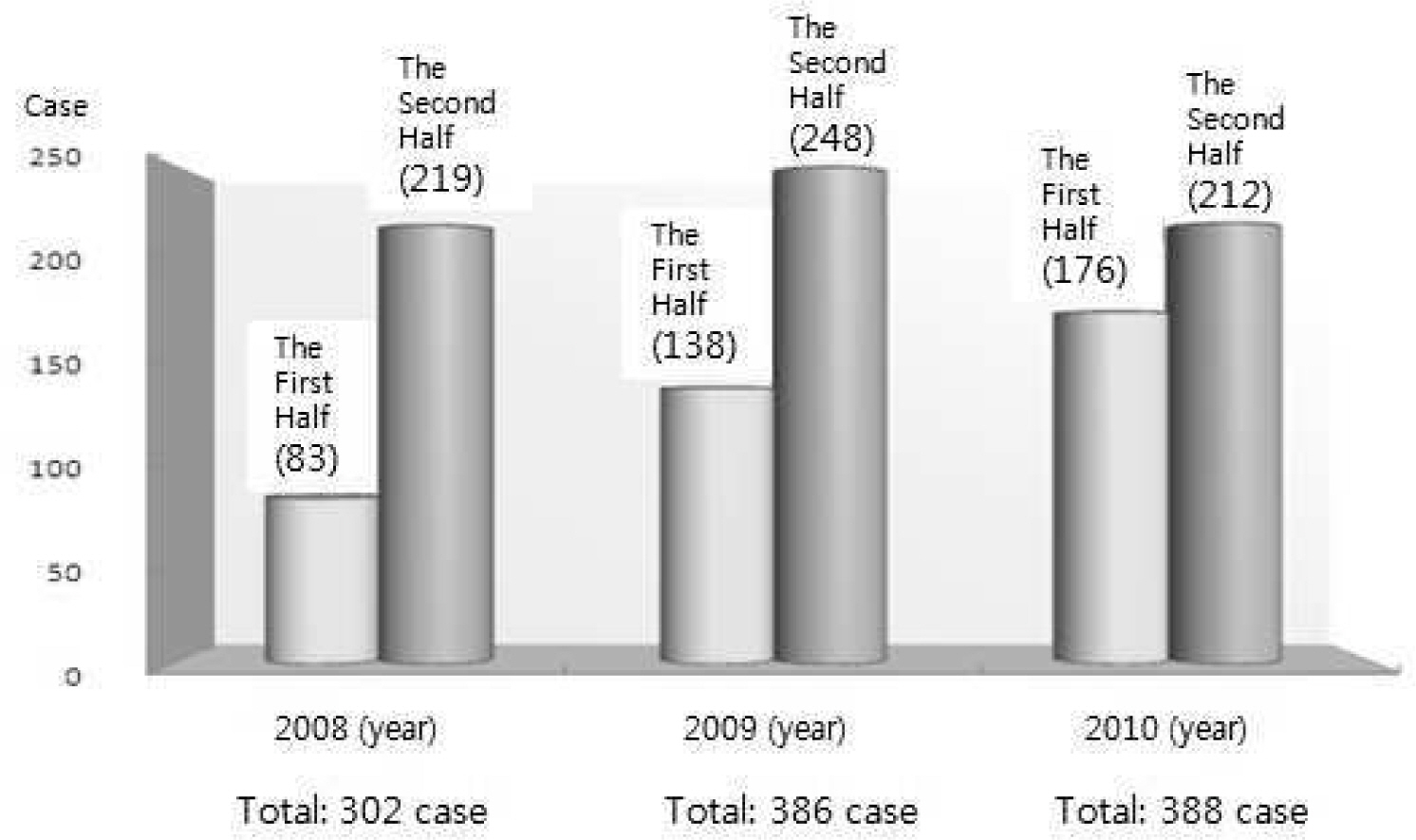J Korean Soc Clin Pharmacol Ther.
2013 Jun;21(1):17-25.
Establishment and Significance of Bioequivalence Recommendations for Individual Products-Drugs Acting on Circulatory System and Others
- Affiliations
-
- 1College of Pharmacy, The Catholic University of Korea, Bucheon, Gyeonggi-Do, Republic of Korea. baesk@catholic.ac.kr
- 2Department of Clinical Pharmacy, College of Pharmacy, Seoul National University, Seoul, Republic of Korea.
Abstract
- Along with the enactment of a law separating the prescribing and dispensing of drugs in Korea in 2000, attempts at reducing medical expenses by generic substitution have been allowed since August 2001 so long as generic products are bioequivalent to the original products. In the pharmaceutical industry, the required development and investment to make generic products are much less in terms of time and money. Thus, the number of bioequivalence studies in Korea has increased. This has resulted in the need for bioequivalence recommendations (guidelines), taking into account the circumstances of the Korean pharmaceutical industry. In this paper, we provide procedures for making bioequivalence determinations for individual products acting on the circulatory system (30 drugs, 2011), the components of which are widely accepted for the development of generic products in Korea. These recommendations correspond with international guidelines, such as those of the US FDA and EMEA. For the 30 drugs that act on the circulatory system, we examined each in terms of subject selection (healthy volunteers vs. patients), dosage strength, dosage route, analytes to measure, and evaluation parameters, and prepared bioequivalence recommendations for individual products through an analysis of many published papers, US FDA and EMEA guidelines, and clinical trial websites. Based on the bioequivalence recommendations for individual products, we had several meetings in which KFDA officers (members of the New Drug Research team and the Office of Generic Drugs), three pharmacy professors with expertise in drug analysis and pharmacokinetics, and three professors of medicine with extensive experience in clinical trials participated to confirm and discuss the contents. Finally, the bioequivalence recommendations for individual products were provided on the KFDA website. The individual bioequivalence recommendations have been used by KFDA officers in drug evaluations and bioequivalency testing to improve consistency, clarity, and professionalism in the drug evaluation process. These recommendations will be useful for domestic pharmaceutical companies by shortening the time and cost associated with bioequivalence studies, especially in terms of standardized trial designs, dosage forms, and analytical methods.
MeSH Terms
Figure
Reference
-
1. Drug Approval Report. KFDA. 2011; (Korean).2. KFDA Guideline for the Validation of Bioanalytical Method. http://drug.kfda.go.kr. [Online] (last visited on 28 May 2013).3. Guidance for industry: Bioequivalence recommendations for specific products. US FDA. 2010. http://www.fda.gov/Drugs/GuidanceCompliance Regulatorylnformation/Guidances/default.htm. [Online] (last visited on 28 May 2013).4. European public assessment reports. EMEA. http://www.ema.europa.eu/ema. [Online] (last visited on 28 May 2013).5. www.clinicaltrials.gov. [Online] (last visited on 28 May 2013).6. Guideline for the Drug Equivalence Test. (Notification No. 2001-71 of the KFDA, 2011. 11. 23). (Korean).7. KFDA Online drug library. http://drug.kfckgo.kr. [Online] (last visited on 28 May 2013).
- Full Text Links
- Actions
-
Cited
- CITED
-
- Close
- Share
- Similar articles
-
- Bioequivalence Test and Its Significance
- Circulatory Disease Surveillance System in Korea
- A post hoc analysis of intra-subject coefficients of variation in pharmacokinetic measures to calculate optimal sample sizes for bioequivalence studies
- Natural Product-Derived Drugs for the Treatment of Inflammatory Bowel Diseases
- Korean Traditional Medicines as Novel Drugs for Neuropsychiatric Disorders



